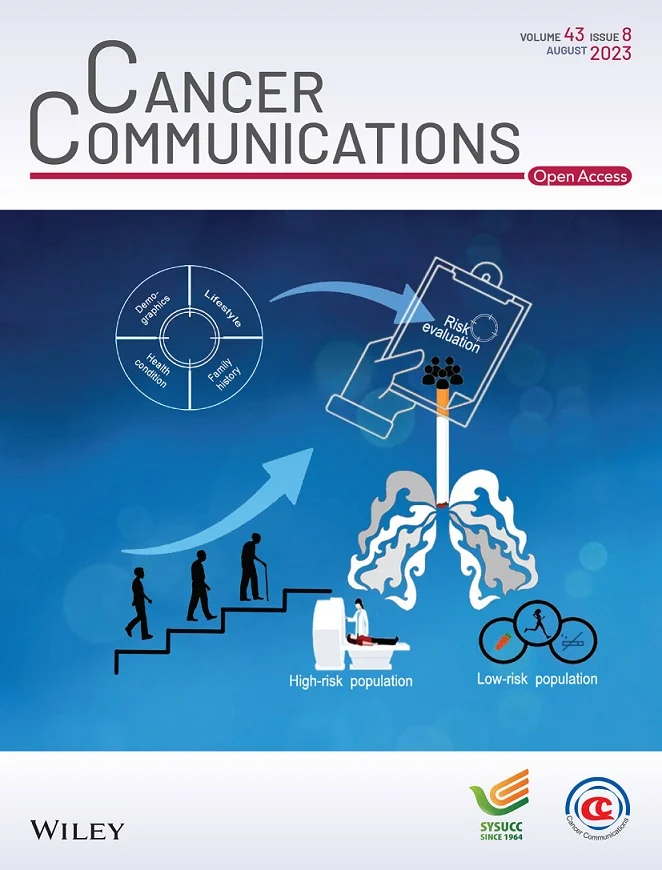m6A-modified EHD1 controls PD-L1 endosomal trafficking to modulate immune evasion and immunotherapy responses in lung adenocarcinoma
Abstract
Background
Eps15 homology domain (EHD) proteins, including EHD1 to EHD4, play vital roles in tumor progression. In this study, we aimed to investigate which specific EHD proteins, if any, are implicated in tumor immune evasion and immunotherapy response.
Methods
The immunotherapy responses of lung adenocarcinoma (LUAD) patients were predicted using tumor immune dysfunction and exclusion (TIDE) analysis. The T cell killing assay was performed by co-culturing activated T cells with LUAD cells. The function of EHD1 as a regulator of programmed death-ligand 1 (PD-L1) endocytic recycling was determined by receptor internalization assays. Methylated RNA immunoprecipitation (MeRIP) was performed to investigate N6-methyladenosine (m6A) modification of EHD1 mRNA. The protein-protein interaction was revealed by the molecular docking analysis and validated by immunofluorescence (IF) and immunoprecipitation (IP) assays. RNA immunoprecipitation (RIP) was used to examine the interaction between YTH N6-methyladenosine RNA-binding protein 1 (YTHDF1) and EHD1 mRNA. The regulatory mechanism of YTHDF1 on EHD1 was investigated through the application of m6A-binding site mutation analysis. The murine LUAD cells were employed to establish subcutaneous xenograft models within immunocompetent C57BL/6 mice to assess the immunomodulatory impact of EHD1 in vivo.
Results
TIDE algorithms and survival analysis identified that EHD1 promoted LUAD immune escape. EHD1 knockdown enhanced T cell cytotoxicity in killing LUAD cells across all effector-to-target (E/T) ratios. EHD1 overexpression exerted the opposite effect. The molecular docking analysis revealed an interaction between EHD1 and the PD-L1 protein, verified by IF and IP. Furthermore, EHD1 knockdown inhibited PD-L1 recycling, thereby promoting its lysosomal degradation. Disruption of the EHD1/PD-L1 interaction impaired the regulatory function of EHD1 in tumor immune evasion. In an immune-competent mouse model, we found that EHD1 silencing impeded tumor immune evasion and enhanced the efficacy of anti‑PD‑1 therapy. MeRIP-qPCR confirmed obvious m6A modification of EHD1. Further, the EHD1 mRNA was found to bind to the YTHDF1 protein, an m6A reader. YTHDF1 overexpression up-regulated EHD1 expression by enhancing its mRNA stability in an m6A-dependent manner.
Conclusion
Our study illuminates the role of m6A-modified EHD1 in tumor immune evasion and immunotherapy responses, thereby offering a novel avenue to potentially enhance immunotherapeutic sensitivity and improve the prognosis for patients with LUAD.


 求助内容:
求助内容: 应助结果提醒方式:
应助结果提醒方式:


